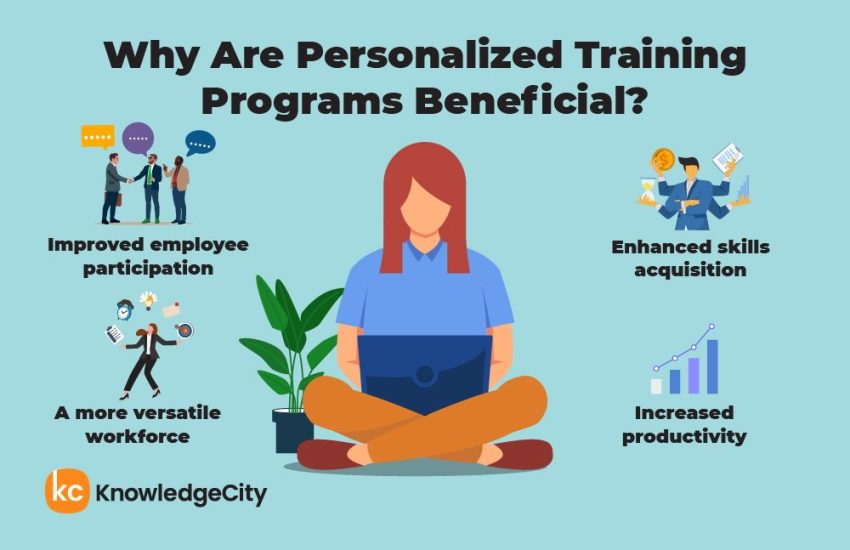IT and Technical Skills Training for Staff
In today’s fast-paced and technology-driven world, it is crucial for businesses to invest in IT and technical skills training for their staff. With the rapid advancement of technology, employees need to continuously update their skills to stay competitive in the market.
The Importance of IT and Technical Skills Training
Investing in IT and technical skills training for staff can have numerous benefits for businesses. First and foremost, it increases employee productivity and efficiency. By providing employees with the necessary training, they can perform their job duties more effectively and with less errors. This can lead to cost savings for the company and improved overall performance.
Furthermore, IT and technical skills training can help businesses stay ahead of the competition. In today’s digital age, companies that embrace technology and innovation are more likely to succeed. By training their staff in the latest technologies, businesses can position themselves as industry leaders and attract top talent.
Types of IT and Technical Skills Training
There are numerous types of IT and technical skills training programs available for staff. These can range from basic computer skills to specialized training in specific technologies. Some common types of IT and technical skills training include:
Microsoft Office training
Programming languages such as Java, Python, and Ruby
Networking and security training
Data analytics and business intelligence training
Businesses can choose to offer in-house training programs, hire external trainers, or provide online training courses for their staff. Regardless of the method, it is essential to tailor the training to the specific needs of the employees and the organization.
Implementing IT and Technical Skills Training
When implementing IT and technical skills training for staff, it is important to have a clear plan in place. This includes identifying the skills that need to be developed, setting goals for the training, and measuring the effectiveness of the programs. Additionally, businesses should ensure that the training aligns with the overall business strategy and goals.
One effective way to implement IT and technical skills training is to create a culture of continuous learning within the organization. By encouraging employees to take advantage of training opportunities and providing support for their professional development, businesses can create a more skilled and motivated workforce.
Measuring the Impact of IT and Technical Skills Training
It is essential for businesses to measure the impact of IT and technical skills training on their staff. This can be done through employee surveys, assessments, and performance reviews. By monitoring the progress of employees and analyzing the outcomes of the training programs, businesses can identify areas for improvement and make informed decisions for future training initiatives.
Ultimately, investing in IT and technical skills training for staff is a critical component of success in today’s digital age. By equipping employees with the necessary skills and knowledge, businesses can improve productivity, stay ahead of the competition, and drive innovation. It is an investment that pays off in the long run and is essential for the growth and success of any organization.


